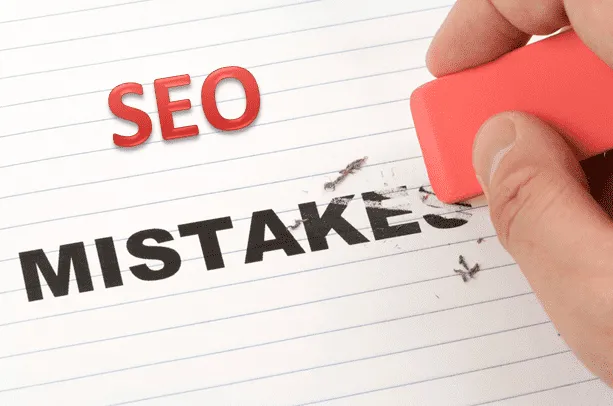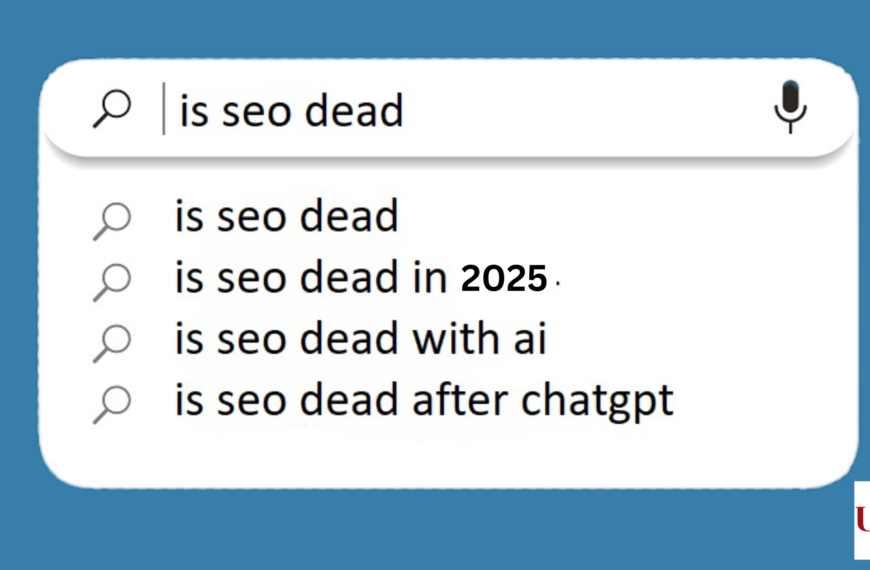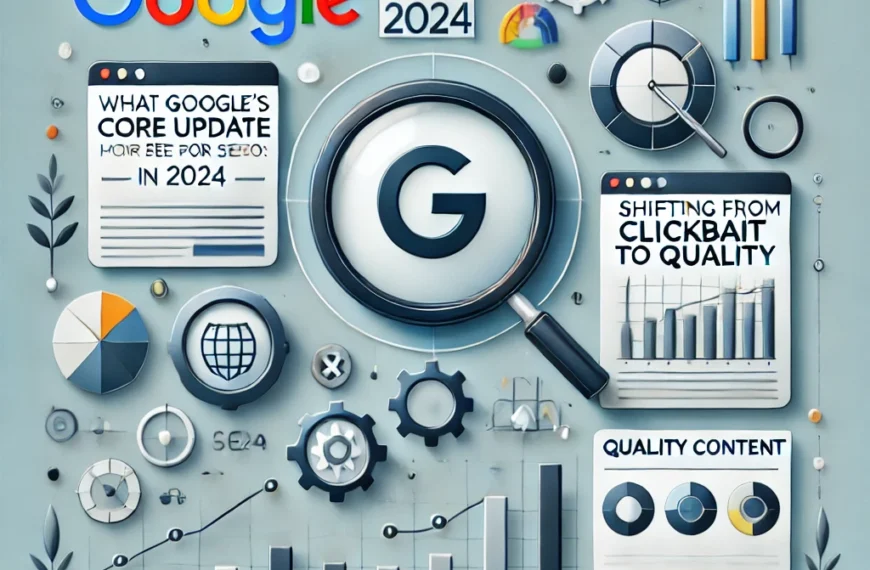Ever feel like your website is stuck in the search engine depth, waving frantically for attention but getting none? You’re not alone. Many businesses pour time and money into SEO, only to find their rankings plummeting faster than a bad reality TV show. So, what’s going wrong? Let’s dig into the common SEO mistakes that could be sabotaging your success—and how to fix them.
Common SEO Mistakes That Are Hurting Your Rankings

Keyword Stuffing: Are You Overloading Your Content?
Back in the day, cramming keywords into every sentence was the golden ticket. Today? It’s like wearing socks with sandals—outdated and just plain wrong. Keyword stuffing not only makes your content unreadable but also triggers Google’s spam radar. Instead, focus on natural language and strategic keyword placement.
Ignoring Mobile Optimization: Why Your Site Needs to Be Mobile-Friendly
If your website isn’t mobile-friendly in 2025, you might as well be using a flip phone. With most searches happening on mobile devices, Google prioritizes mobile-first indexing. If your site isn’t responsive, expect to be buried under pages of competitors who are.
Slow Website Speed: The Silent SEO Killer
Patience is a virtue, but not when it comes to website speed. Users expect your site to load in the blink of an eye. A slow-loading website frustrates visitors and signals to search engines that your site isn’t user-friendly. Optimize images, leverage browser caching, and reduce server response times to speed things up.
Also Read: DeepSeek vs ChatGPT: A New AI War Is Brewing—Who Will Win?
Thin Content & Keyword Cannibalization: Are You Confusing Search Engines?
Having pages that barely offer value (thin content) or multiple pages targeting the same keyword (keyword cannibalization) confuses both users and search engines. Create in-depth, valuable content and ensure each page targets unique keywords to avoid self-sabotage.
Bad Backlinks: Why Low-Quality Links Can Sink Your Site
Not all backlinks are created equal. Links from spammy, irrelevant sites can do more harm than good. Google views these as manipulative, which can lead to penalties. Focus on earning backlinks from reputable, high-authority sites in your niche.
Ignoring Technical SEO: The Foundation You Can’t Afford to Overlook
You can have the best content in the world, but if search engines can’t crawl and index your site properly, it won’t rank. Technical SEO covers site structure, XML sitemaps, robots.txt files, and more. Regular technical audits are crucial to ensure your site’s foundation is solid.
Skipping Regular Content Updates: Why Fresh Content Matters
Content isn’t a “set it and forget it” game. Outdated information can hurt your credibility and rankings. Regularly update your content to keep it relevant, accurate, and engaging for both users and search engines.
Not Optimizing for User Experience (UX): Google Ranks What Users Love
Google’s algorithms are designed to prioritize user satisfaction. Poor navigation, intrusive pop-ups, and a confusing layout drive users away. Focus on clean design, intuitive navigation, and a seamless user experience to keep visitors engaged.
How to Fix Your SEO Strategy and Boost Rankings

Conducting an SEO Audit: Where to Start
Begin with a comprehensive SEO audit to identify issues. Use tools like Google Analytics, Search Console, and SEO audit platforms to assess site performance, crawl errors, and content gaps.
Optimizing for Google’s Algorithm Updates: Stay Ahead of the Curve
Google loves to keep us on our toes with frequent algorithm updates. Stay informed, adapt quickly, and prioritize quality content, user intent, and technical best practices to maintain rankings.
The Right Way to Use Keywords for Higher Rankings
Focus on user intent, long-tail keywords, and semantic search. Incorporate keywords naturally within high-quality content, titles, meta descriptions, and headers.
Building High-Quality Backlinks That Actually Help
Earn backlinks through guest blogging, collaborations, and creating share-worthy content. Prioritize quality over quantity to build a strong backlink profile.
Creating SEO-Friendly Content That Engages and Converts
Craft content that answers user questions, solves problems and provides value. Use engaging headlines, clear structure, and multimedia to enhance readability and keep users on your page longer.
Final Thoughts: SEO is a Long Game – Play it Smart!
SEO isn’t a magic trick; it’s a long-term strategy that requires patience, adaptability, and continuous effort. By avoiding common pitfalls and focusing on ethical, user-centric practices, you can improve your rankings and build a sustainable online presence. Remember, it’s not about tricking search engines—it’s about providing value to your audience.
















